Central Ohio does have its share of bad winter weather. We often have a series of snow then thawing then snowfall again. Sometimes we get the dreaded ice storm. Your best plan of action is to stay safely indoors at home and off the roads. We ignore what is going on outside, around our home.
It’s easy to overlook one of the most damaging aspects of winter weather to our homes. The ice dam.
An ice dam can build up in gutters and back up melting snow and ice.
Water must go somewhere. If the gutters won’t allow water to flow safely away from your structure then it backs up. The refreezing water pushes up shingles and finds its way underneath. This often leads to a leaking roof.

What causes an ice dam to form?
As snow and ice begin melting, the water pools in areas that don’t drain well. Then when overnight temperatures drop, the melted snow forms an expanding blockade of ice. Stronger and larger than before.
The real damage done by ice dams only gets worse if the dam is not removed when first noticed. The leaking into your home from the roof and exterior walls can be extensive and expensive to repair.
Both roof repairs, as well as structural damage, are usually covered by most homeowners’ policies.

There are ways to prevent ice dams from forming in the first place:
- Clear your gutters as part of your fall clean-up. Gutter covers can help keep gutters clear.
- Make sure your home is well insulated. The thawing caused by escaped heat from the home can contribute to creating ice build-up.
- If you have had issues with ice dams in the past look into possible solutions like heating cables to use in vulnerable areas.
We never know what sort of winter we will have in this part of the country. Some winters are full of ice and cold. Make sure you are paying attention to the outside of your home.
If you notice a lot of water dripping or extreme ice build-up along gutters act to remove the ice dam if possible. You may need professional help.

If you have had issues with ice dams in the past look into possible solutions like heating cables to use in vulnerable areas.
Homeowners’ policies often cover damage due to ice. But there are exceptions and deductibles to take into consideration.
Have a review of your insurance policies regularly. Be sure to ask about covered perils, especially those connected to winter.






